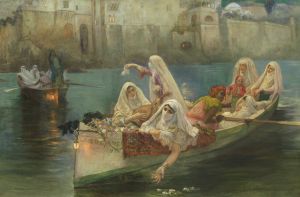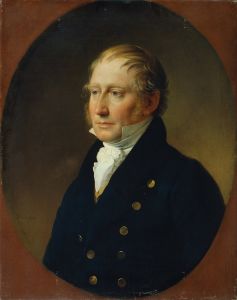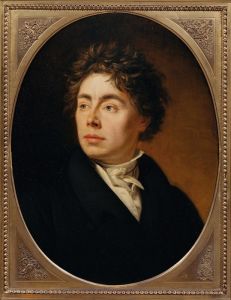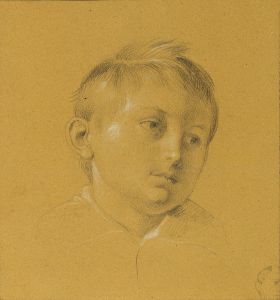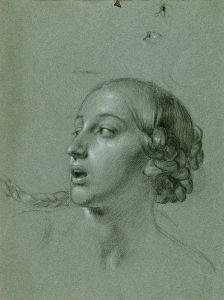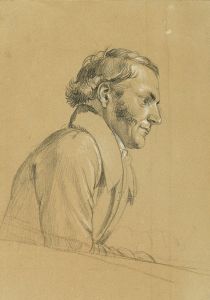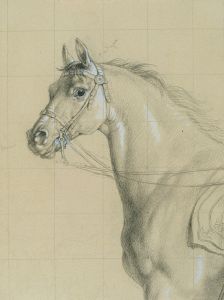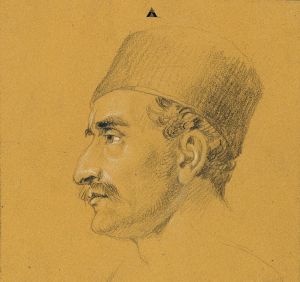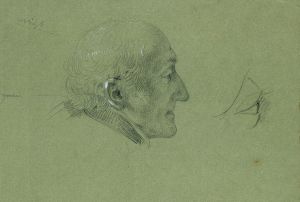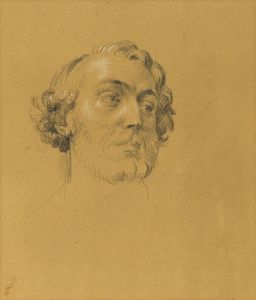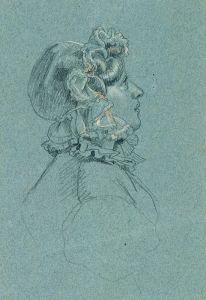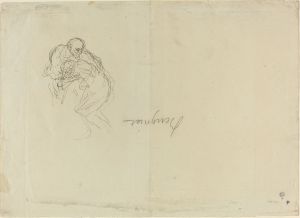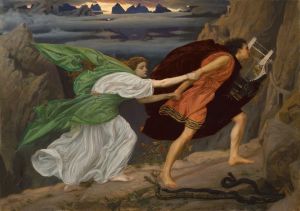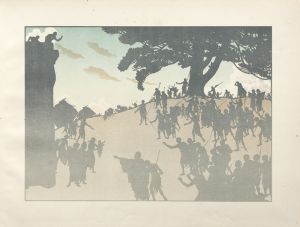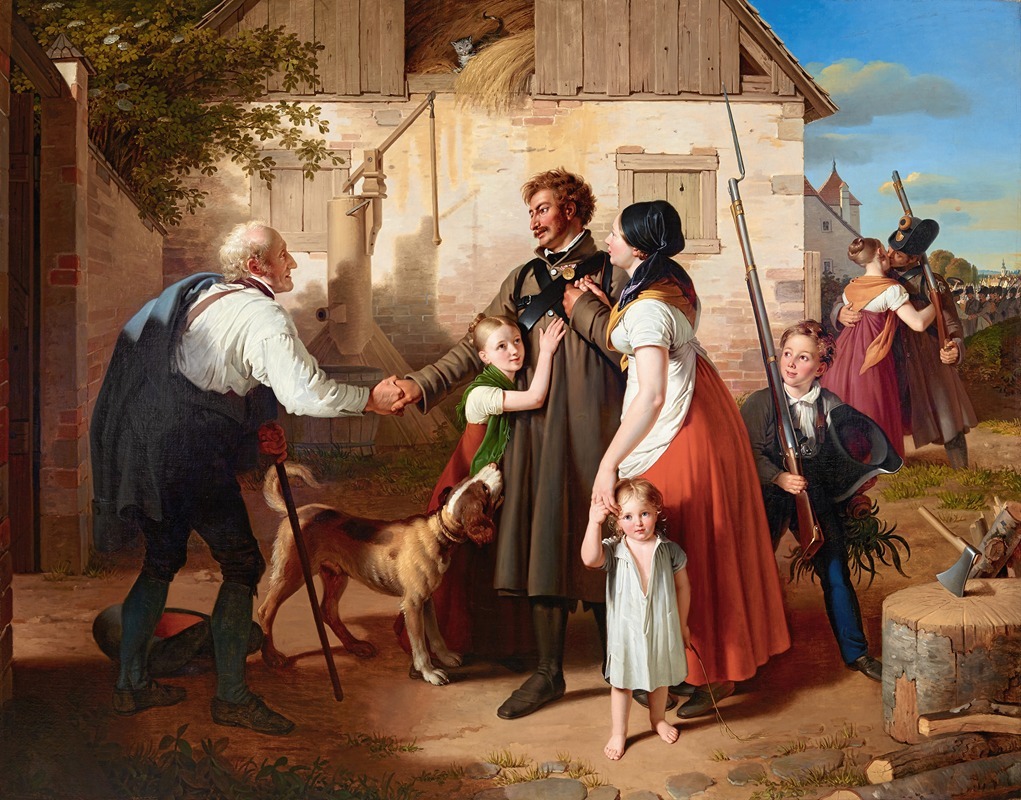
Die Heimkehr des Landwehrmannes
A hand-painted replica of Johann Peter Krafft’s masterpiece Die Heimkehr des Landwehrmannes, meticulously crafted by professional artists to capture the true essence of the original. Each piece is created with museum-quality canvas and rare mineral pigments, carefully painted by experienced artists with delicate brushstrokes and rich, layered colors to perfectly recreate the texture of the original artwork. Unlike machine-printed reproductions, this hand-painted version brings the painting to life, infused with the artist’s emotions and skill in every stroke. Whether for personal collection or home decoration, it instantly elevates the artistic atmosphere of any space.
Die Heimkehr des Landwehrmannes (The Return of the Reservist) is a notable painting by the Austrian artist Johann Peter Krafft, created in 1815. Krafft, born in 1780 in Hanau, Germany, was a prominent painter of the Biedermeier period, known for his historical and genre scenes. He studied at the Academy of Fine Arts in Vienna and later became a professor there, influencing a generation of artists.
This painting captures the emotional moment of a soldier's return home after serving in the Landwehr, a type of reserve military force. The Landwehr was part of the military organization in various German-speaking regions during the Napoleonic Wars, and it played a crucial role in the defense efforts against Napoleon's forces. The painting reflects the social and historical context of the early 19th century, a time when many families experienced the impact of war and the joy of reunion.
In Die Heimkehr des Landwehrmannes, Krafft employs a realistic style to depict a touching domestic scene. The composition centers on the figure of the returning soldier, who is warmly greeted by his family. The soldier, dressed in his military uniform, stands at the threshold of his home, symbolizing his transition from the battlefield back to civilian life. His expression is one of relief and happiness, capturing the emotional weight of his return.
The family members, including his wife and children, are portrayed with expressions of joy and affection. The wife, positioned prominently in the foreground, reaches out to embrace her husband, while the children gather around, eager to welcome their father back. Krafft's attention to detail is evident in the depiction of the family's humble yet cozy home, with elements such as a spinning wheel and household items adding to the authenticity of the scene.
Krafft's use of light and color enhances the emotional impact of the painting. The warm tones and soft lighting create an inviting atmosphere, emphasizing the theme of homecoming and the warmth of familial bonds. The artist's skillful rendering of textures, from the fabric of the soldier's uniform to the wooden surfaces of the home, adds depth and realism to the work.
Die Heimkehr des Landwehrmannes is considered an exemplary work of the Biedermeier period, which is characterized by its focus on domesticity, family life, and the depiction of everyday scenes. This painting, in particular, resonates with viewers due to its universal theme of reunion and the enduring human experience of separation and return.
The painting is housed in the Belvedere Museum in Vienna, which holds a significant collection of Austrian art. As part of the museum's collection, Die Heimkehr des Landwehrmannes continues to be appreciated by audiences for its historical significance and emotional depth. Johann Peter Krafft's work remains an important part of the narrative of 19th-century European art, offering insights into the cultural and social dynamics of the time.
Through Die Heimkehr des Landwehrmannes, Krafft not only captures a poignant moment in the life of a soldier and his family but also reflects the broader historical context of post-Napoleonic Europe. The painting stands as a testament to the resilience of individuals and families during times of conflict and the enduring power of art to convey complex human emotions.





